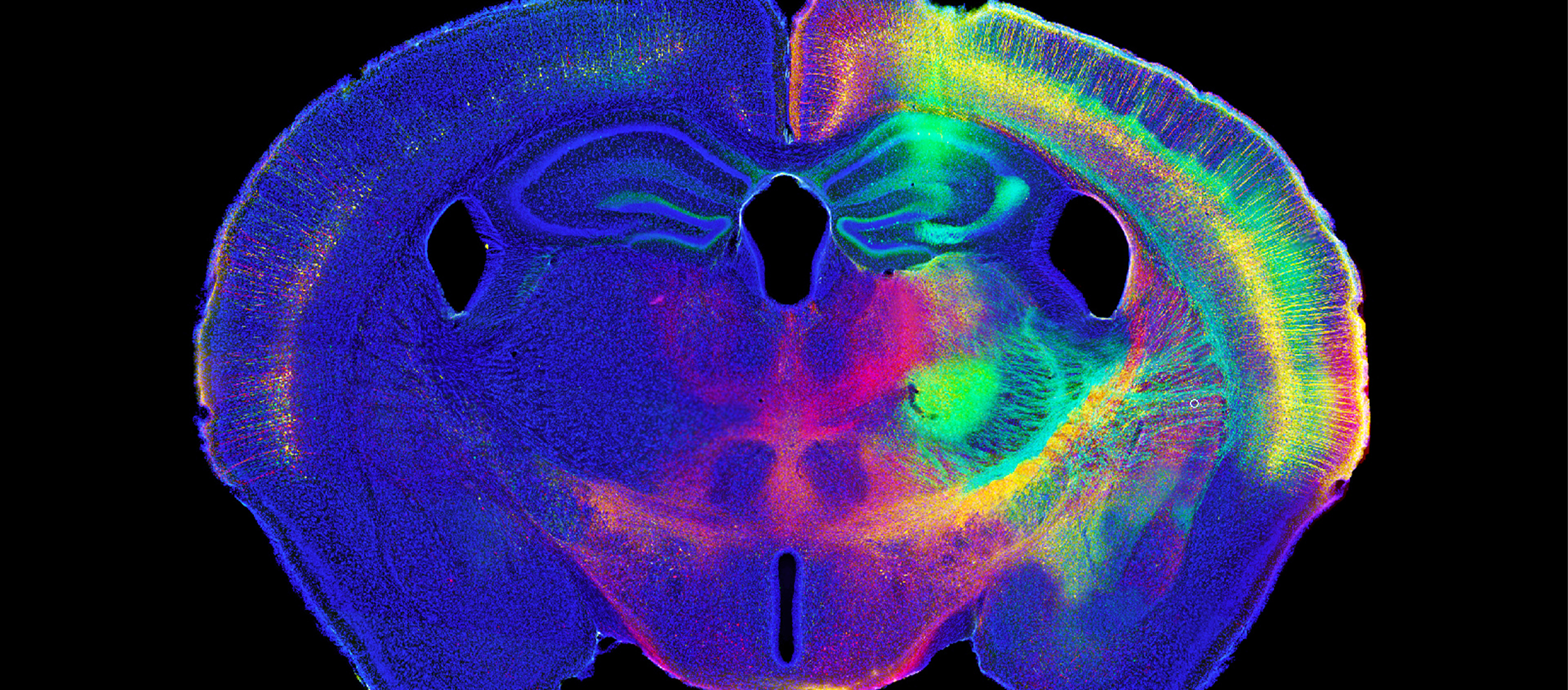Dr. Alfredo Quiñones-Hinojosa is on a quest to find better therapies for the fight against brain cancer. He and his team of neuroscientists at Johns Hopkins University study stem cells in the brain's subventricular zone to better understand how brain tumors are formed. Dr. Quiñones-Hinojosa gives the keynote talk "Brain Cancer: Current Paradigms" at the Fifth Annual Neuroscience Research Forum. Hosted by the Vermont Chapter...
Read More
MBF Bioscience Blog
By 2020 we'll all be astronauts. Or so hopes British industrialist Sir Richard Branson. The Virgin Group tycoon predicts the next decade will see a space station on the moon and a manned mission to Mars. But while space tourism would certainly be exciting, the human brain is the big thing to watch in the next ten years according to the recent Times Online article...
Read MoreMen and women are different, not just physically, but mentally. How and why are there these profound differences? Find out Thursday night at Burlington, Vermont's ECHO Lake Aquarium and Science Center's Café Scientifique. As part of an ongoing series of science related discussions, Dr. Cynthia Forehand, Professor of Anatomy and Neurobiology at the University of Vermont, hosts a discussion on gender-related differences in the human...
Read MoreWe're pleased to announce that MBF Bioscience has been selected as one of the "Best Places to Work in Vermont" for the third time in a row. The list of fifteen companies is compiled by Best Companies Group in an effort to recognize excellence among state employers. Companies are evaluated based on the benefits they provide and their levels of employee engagement and satisfaction. We'll...
Read MoreIf you start smoking as a teen, it’s much harder to quit. University of Vermont Neurobiologist Rae Nishi wants to find out why. And thanks to a $1 million Challenge Grant, Nishi and her team will be able to further study the way adolescent brains react to nicotine. The grant is one of 200 National Institute of Health grants allocated by the American Recovery and Reinvestment...
Read MoreIt is possible to image the brain of a single fruit fly, but how about 100? This is what, MBF Bioscience Customer and Assistant Professor of Biology at Stanford University, Mark Schnitzer, would like to do. In an interview published in the October 16 issue of Science, Schnitzer explained that "massive brain imaging" would revolutionize brain research by allowing neuroscientists to simultaneously study multiple flies of...
Read MoreStress is something we’d all like to have a little less of. Though it is a natural, genetic response that allows us to adapt to various situations, stress can certainly impede upon daily life. If allowed to reach chronic levels, stress can "cause damage and accelerate disease," one of the main points of Dr. Bruce McEwen’s 2002 book The End of Stress As We Know...
Read MoreThe developing and adult central nervous system of the mouse is complex and large. NIH Neuroscientist Dr. Charles Gerfen uses Neurolucida and NeuroInfo to collect, display, and share virtual slides with the research community. Recently, Dr. Gerfen requested software enhancements to better allow him to categorize and use his virtual slide data in mouse brain testing. We were happy to comply. Dr. Gerfen explains how he uses...
Read MoreOptogenetics is a fairly new scientific field that combines optical stimulation with genetic engineering. According to a recent article in Wired magazine, neuroscientist, psychologist, and MBF Bioscience customer Dr. Karl Deisseroth and his team of researchers at Stanford University are making major optogenetic advancements - the kind that might lead to a cure for Parkinson's Disease. It all began in 1979, when one of the discoverers...
Read MoreMBF Bioscience President Jack Glaser appears on the cover of this month's Business People-Vermont magazine. Read the informative feature article "Microscopic Vision" to find out how MBF Bioscience got its start, and how researchers like neuroscientist Henry Markram, are using our products today to make important advances in a range of scientific fields. {Photo by Brad Pettengill, courtesy of Business People-Vermont}...
Read More







